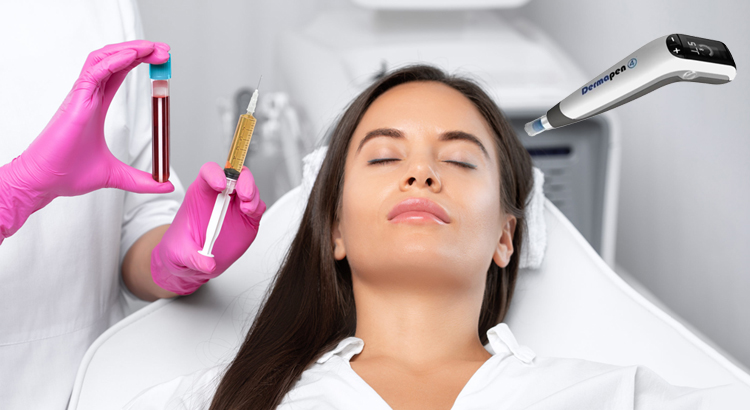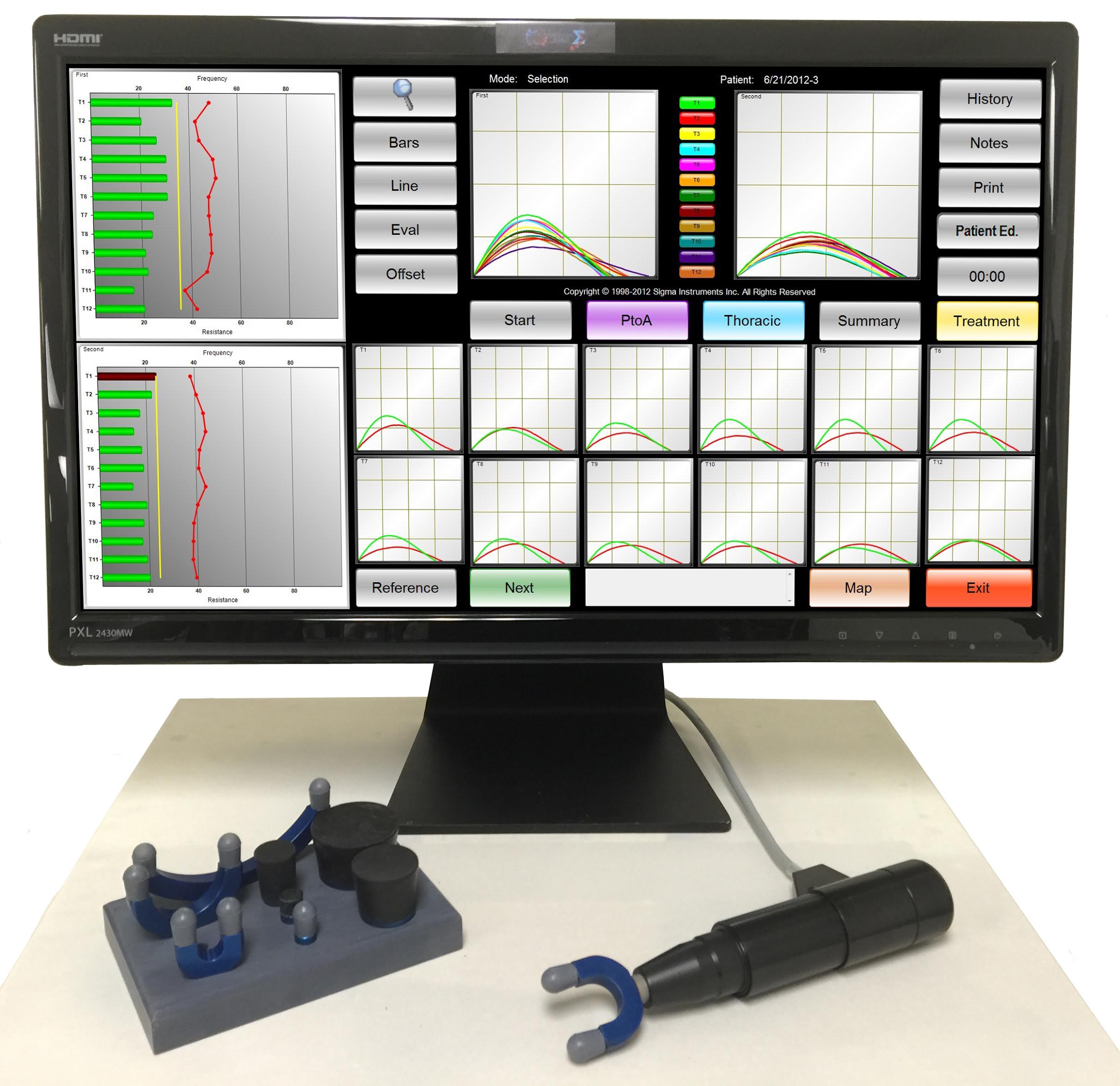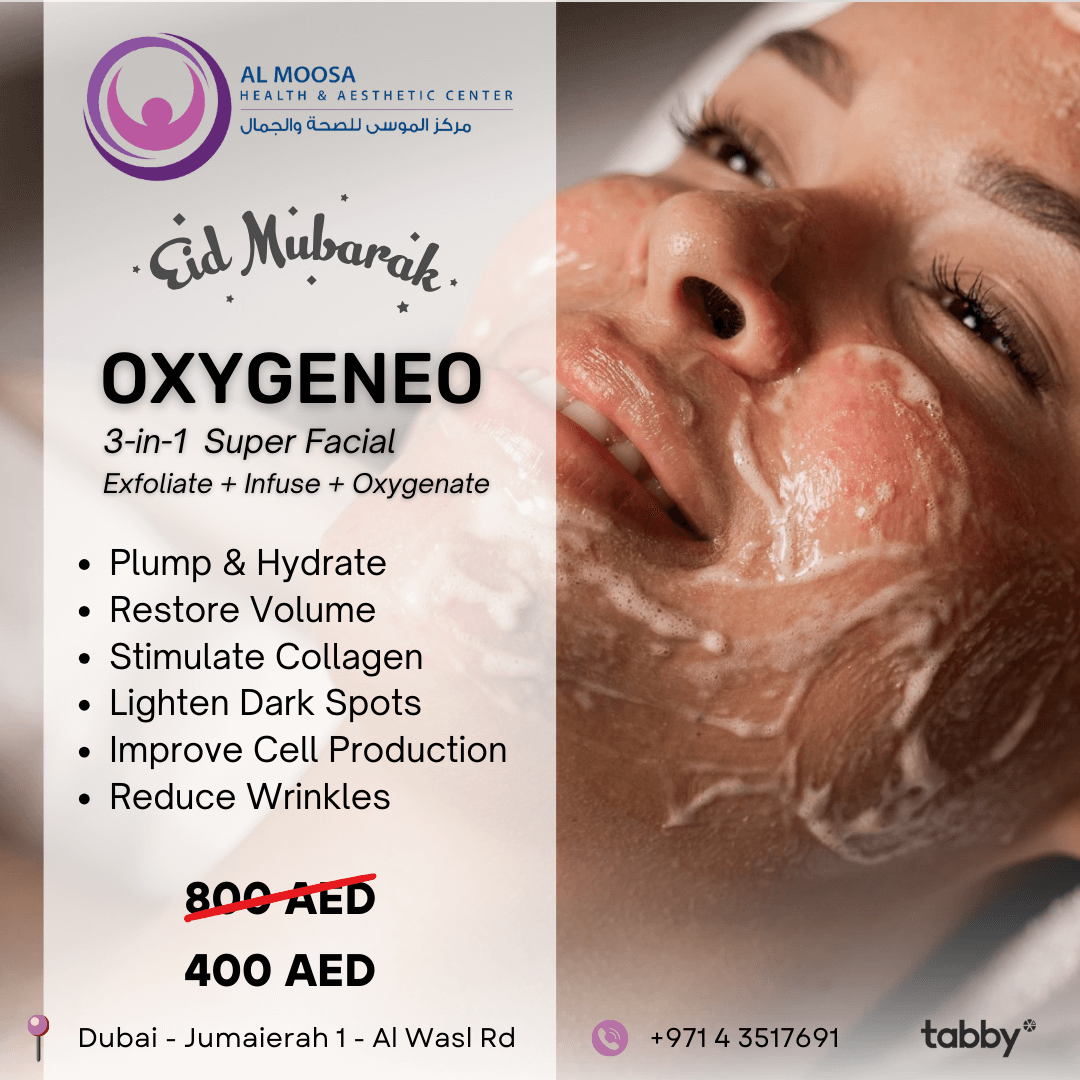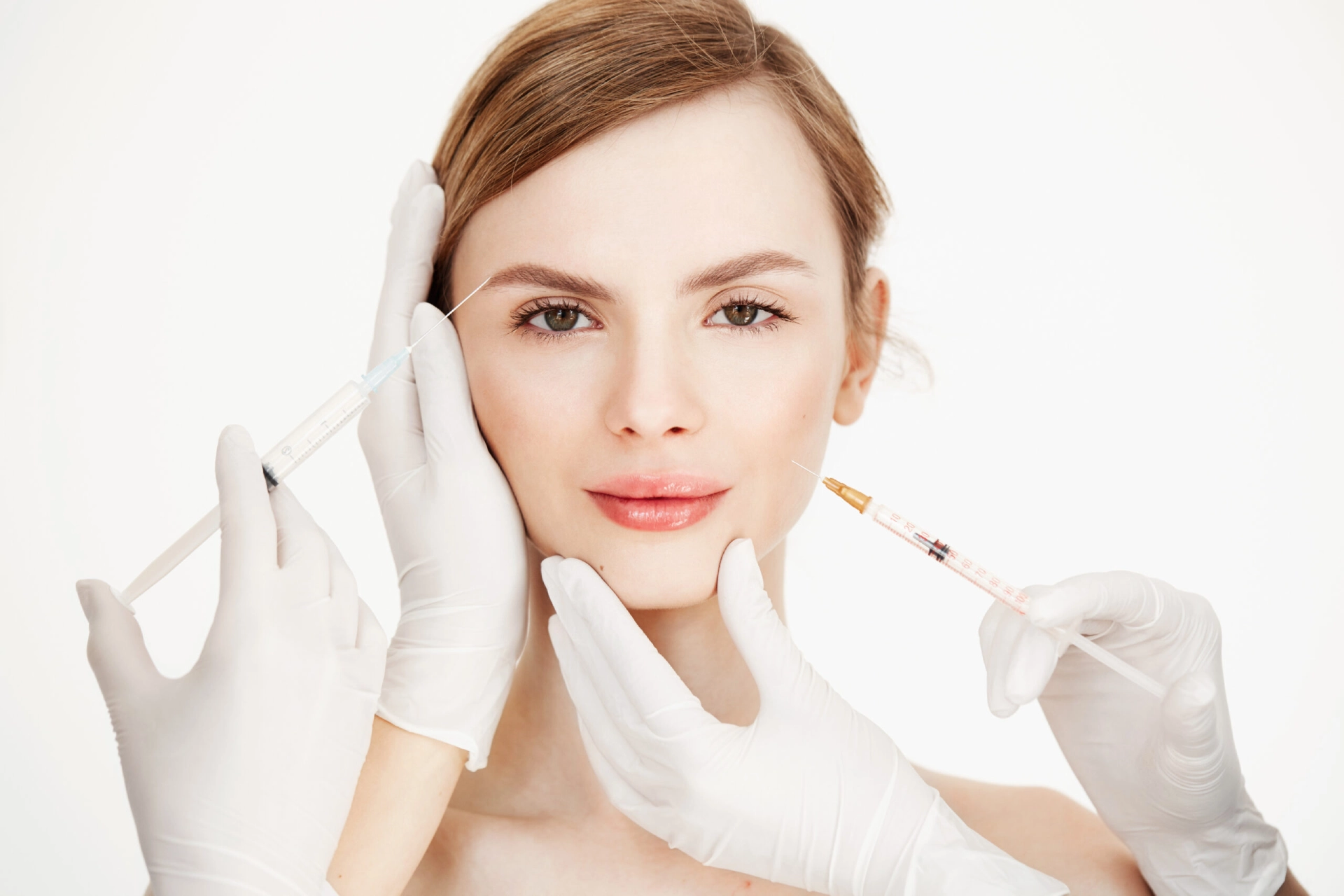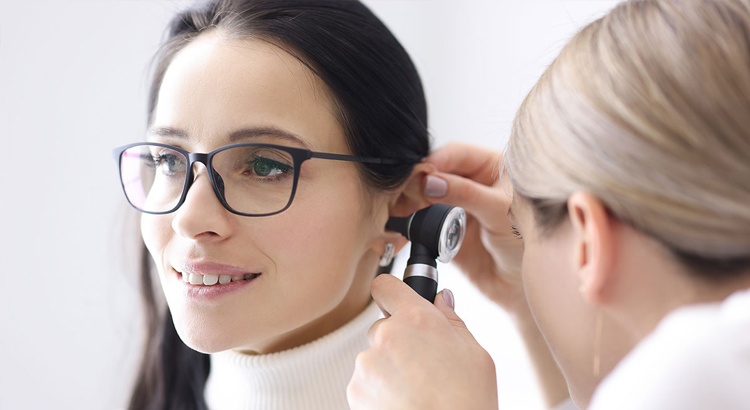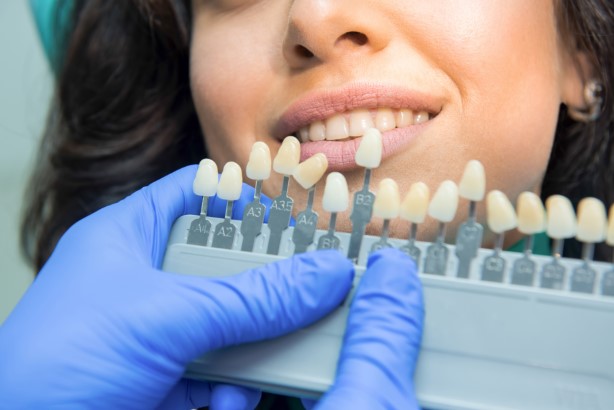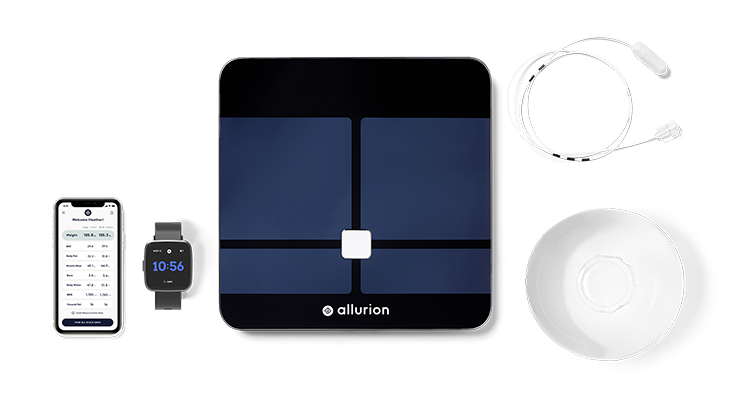Which one to choose PRP or Microneedling
what is best for you PRP or Microneedling?
Platelet-rich plasma (PRP) and microneedling are two popular aesthetic treatments that can help to improve the appearance of the skin. Both treatments involve creating tiny micro-channels in the skin to stimulate collagen production and promote healing. However, there are some key differences between the two treatments.
What is PRP?
PRP is a concentrated blood plasma that contains high levels of platelets. Platelets are blood cells that play a vital role in wound healing. When PRP is injected into the skin, it can help to accelerate the healing process and promote the growth of new skin cells.
What is microneedling?
Microneedling is a minimally invasive procedure that uses a device with tiny needles to create micro-channels in the skin. These micro-channels trigger the body’s natural healing response, which leads to the production of new collagen and elastin. Microneedling can be used to treat a variety of skin concerns, including fine lines and wrinkles, acne scars, and hyperpigmentation.
Comparison table outlining the key differences between Platelet-Rich Plasma (PRP) therapy and Microneedling, two popular cosmetic treatments for skin rejuvenation.
| Aspect | PRP Therapy | Microneedling |
|---|---|---|
| Treatment Objective | Stimulate natural collagen production and promote tissue regeneration | Induce controlled micro-injuries in the skin to stimulate collagen and elastin production |
| Procedure Overview | Blood is drawn, processed to extract platelet-rich plasma, and then re-injected or applied topically | Tiny needles are used to create microchannels in the skin, allowing for better absorption of topicals or serums |
| Pain Level | Minimal to moderate, typically managed with a topical numbing cream | Mild to moderate discomfort, managed with a numbing cream or local anesthesia |
| Downtime | Minimal, with potential for redness and swelling for a day or two | Minimal to moderate, with redness and swelling for a few days, followed by peeling |
| Results | Gradual improvement in skin texture, tone, and quality over several weeks | Progressive improvement in skin texture, with visible results after a few sessions |
| Suitable Skin Types | All skin types, especially those with signs of aging or skin damage | All skin types, but may not be suitable for active acne or certain skin conditions |
| Recommended Sessions | Typically, a series of 3-4 sessions spaced a few weeks apart | A series of 3-6 sessions, spaced 4-6 weeks apart, with maintenance treatments as needed |
| Risks and Side Effects | Minimal risks, potential for bruising or infection (rare) | Mild risks include redness, swelling, and infection (rare) |
| Longevity of Results | Results may last up to 12-18 months with maintenance | Results can last 6-12 months with maintenance, depending on the type of microneedling |
| Areas Treated | Face, neck, décolletage, and scalp for hair restoration | Face, neck, hands, and other areas with skin concerns |
| Combination with Other Treatments | Often combined with other treatments like Botox for enhanced results | May be combined with topical serums, PRP, or other skin treatments for added benefits |
